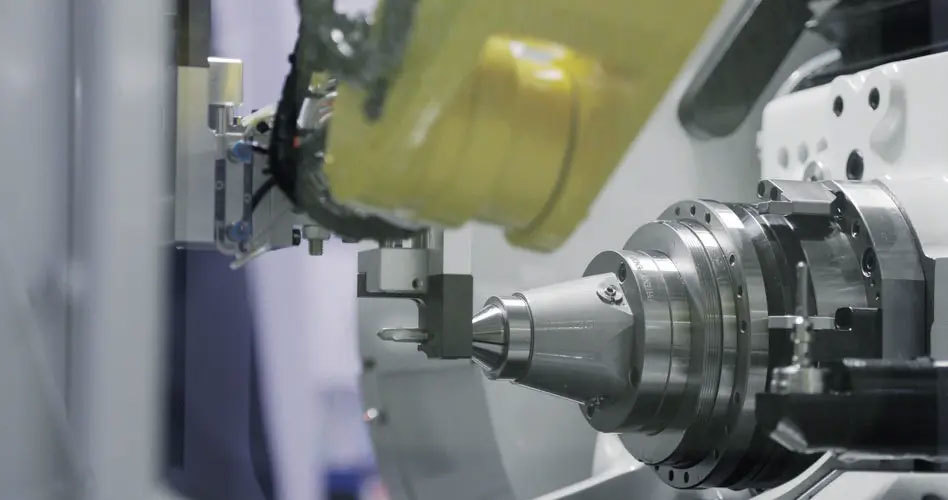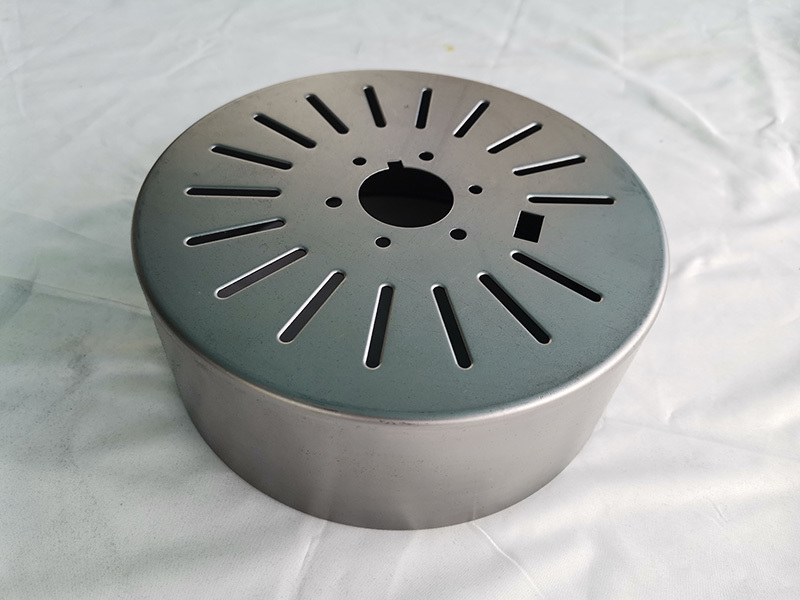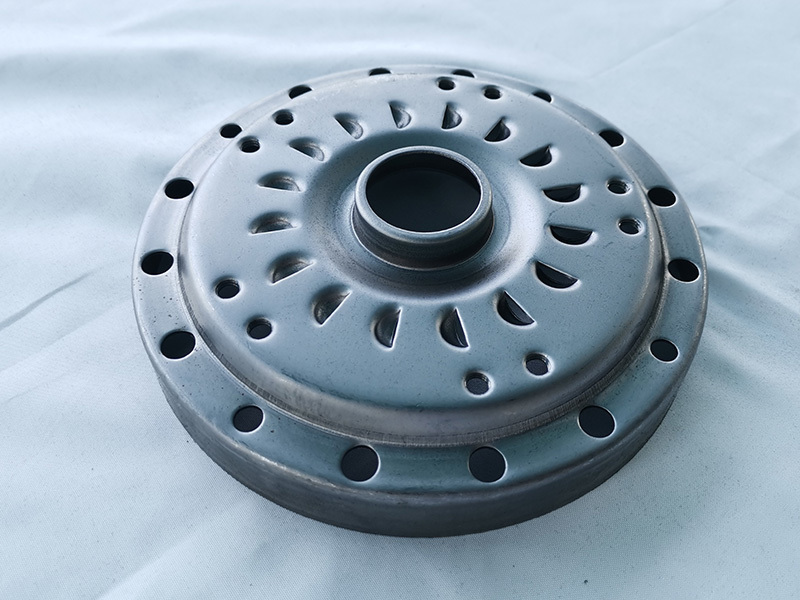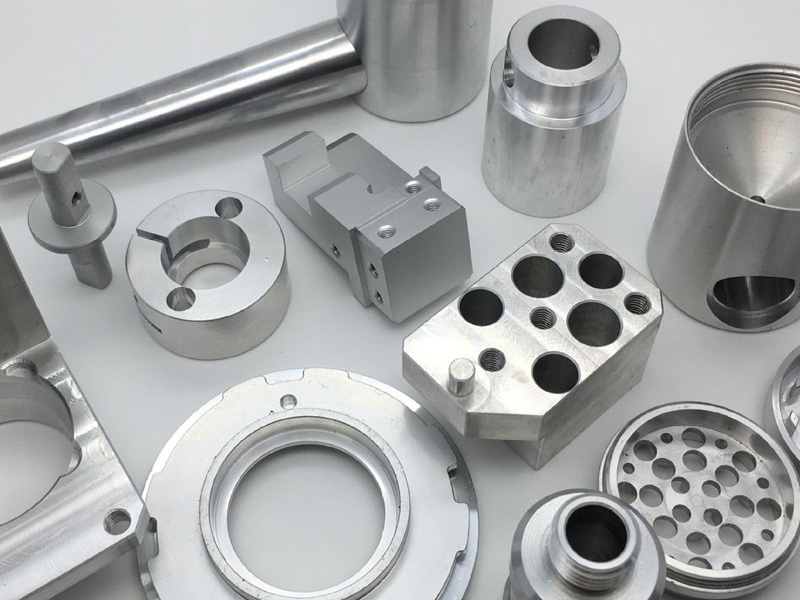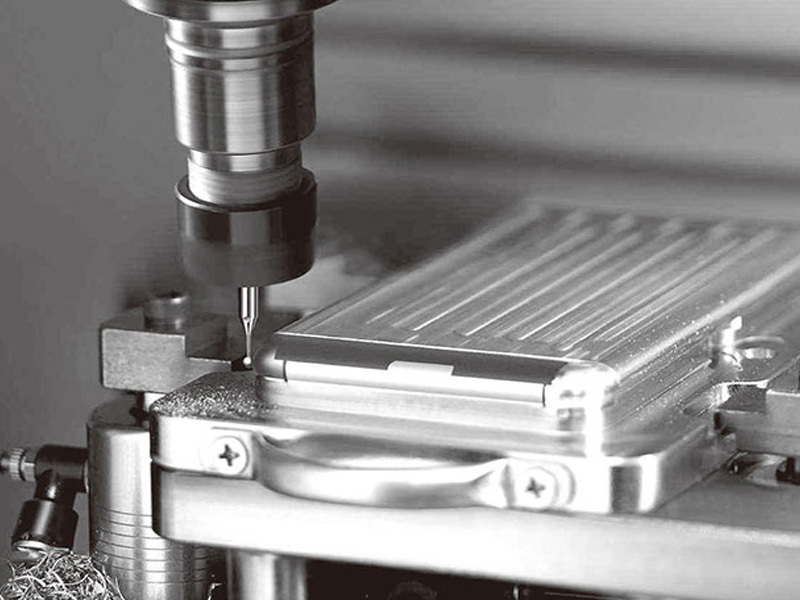Information Details
8 Questions to Consider When Choosing an Injection Mold
Release time:
2023-04-03 17:17
Jiangmen Changqingshun Hardware Manufacturing is an enterprise engaged in precision mold design, precision mold manufacturing, injection mold customization, and precision injection molding processing. It has a wider customer base in automotive mold injection molding and medical mold injection molding.
Injection molding is one of the more common methods of making products in production. The first step is to choose the option that is right for your project. Here are 8 questions from real customers that will help make choosing your injection molding easier.
What is the scope of the project?
This is probably the most important factor in deciding which processing method to use.
If the part is for pre-production, then the answer is simple, aluminum. This is common when projects require parts to be manufactured from final production injection molding materials. Aluminum offers lower costs and faster lead times. If the part is to be used in production, there are several things to consider. What is the EAU on a part? How long will the project run for?
How does part size affect it?
Part size plays an important role in determining the mold. Larger parts will need to be built in separate molds, but smaller parts that fit the dimensional parameters may require (more efficient) cheaper alternatives. Insert molds are very popular for smaller components. Instead of paying full price for a standalone mold, build an insert mold that fits the (standard MUD) base unit on our press.
For example, you have a small 3″ x 2″ x 1/2″ enclosure that needs to be produced by injection molding. Instead of building a full stand-alone mold for such a small part, we build an insert out of aluminum or steel Molds to fit existing bases on our presses. This is an extremely economical and waste-minimizing method of producing smaller parts.
How is part volume affected?
Part volume can affect molds, especially when the volume reaches higher levels. The standard is a single-cavity mold that produces a few hundred or thousands of parts per year, but as part production grows, you might consider adding multiple cavities to the mold to produce parts more economically. Single-cavity molds are a good starting point when the quantity and life of an item is unknown or not reliably predictable. You can always consider building a multi-cavity mold later. Multi-cavity molds have a slightly higher upfront cost, but it can significantly lower your unit price.
Does the part material matter?
Yes it does. Part material has a direct effect on tooling for several reasons. Mild injection molding resins such as polypropylene are easier to mold on the mold and therefore help extend life. Rougher injection molding resins, such as glass-filled nylon, are more likely to wear down the mold. This can be a key deciding factor when your part has a life of 8,000-12,000 units and you are choosing between aluminum or steel tooling.
Does part geometry matter?
Yes it does. We thoroughly evaluate each part before quoting. We look at the part features that affect that mold. Does it have an undercut? core? We also focus on surface finish requirements. Will it be grainy? polishing? Texture? These all affect the decision on the type of mold used.
What is the life expectancy of the mold?
Aluminum molds have a service life of 2,000-10,000 parts, depending on the type of aluminum used, part material and geometry.
Depending on the material and geometry of the part, steel molds have a service life of more than 100,000 parts. The mold may need to be reworked after a period of production.
What is the timeline for building the mold?
This changes on a part-by-part basis, but a good rule of thumb is:
Aluminum molds can complete small parts in 4-6 weeks and large parts in 6-10 weeks, while steel molds can complete small parts in 6-8 weeks and 8-12 weeks big parts.
What is the cost difference for injection molding?
This also varies from part to part, but typically steel tooling costs 20-30% more than aluminum tooling.
Latest News


